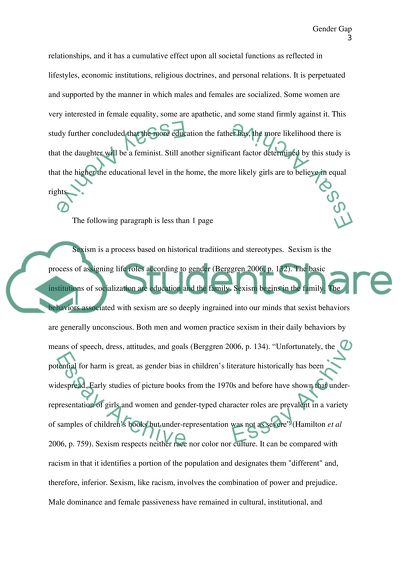Cite this document
(“Gender Gap Essay Example | Topics and Well Written Essays - 1500 words”, n.d.)
Retrieved from https://studentshare.org/gender-sexual-studies/1502290-gender-gap-essay
Retrieved from https://studentshare.org/gender-sexual-studies/1502290-gender-gap-essay
(Gender Gap Essay Example | Topics and Well Written Essays - 1500 Words)
https://studentshare.org/gender-sexual-studies/1502290-gender-gap-essay.
https://studentshare.org/gender-sexual-studies/1502290-gender-gap-essay.
“Gender Gap Essay Example | Topics and Well Written Essays - 1500 Words”, n.d. https://studentshare.org/gender-sexual-studies/1502290-gender-gap-essay.


